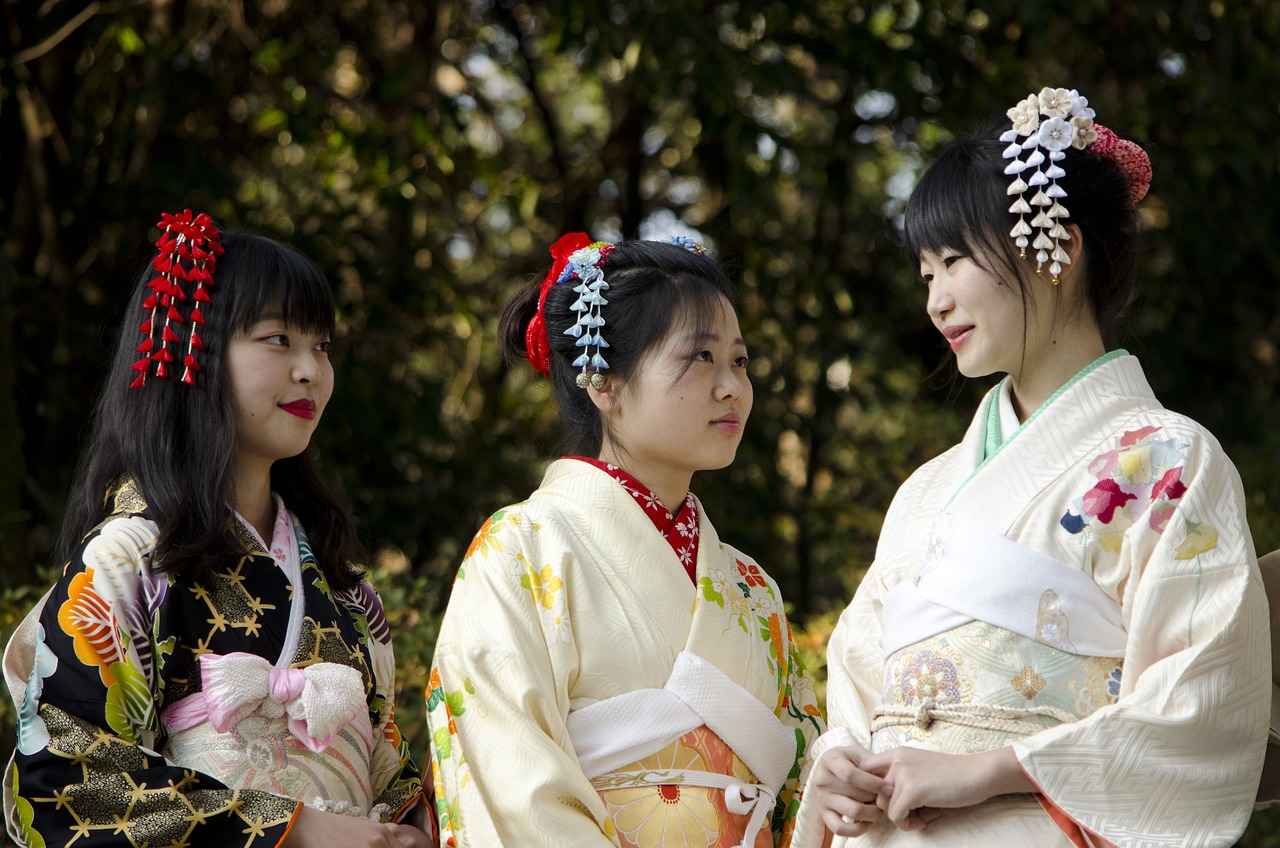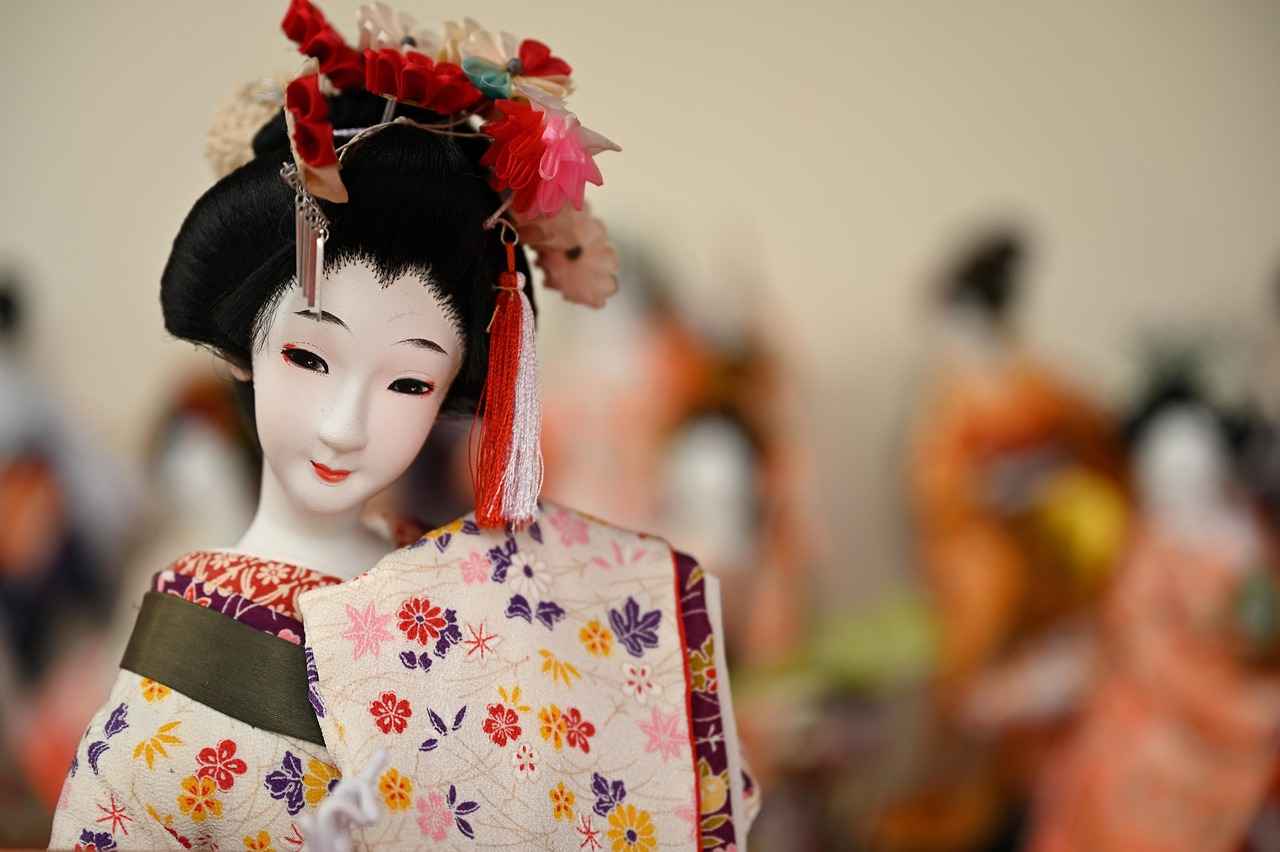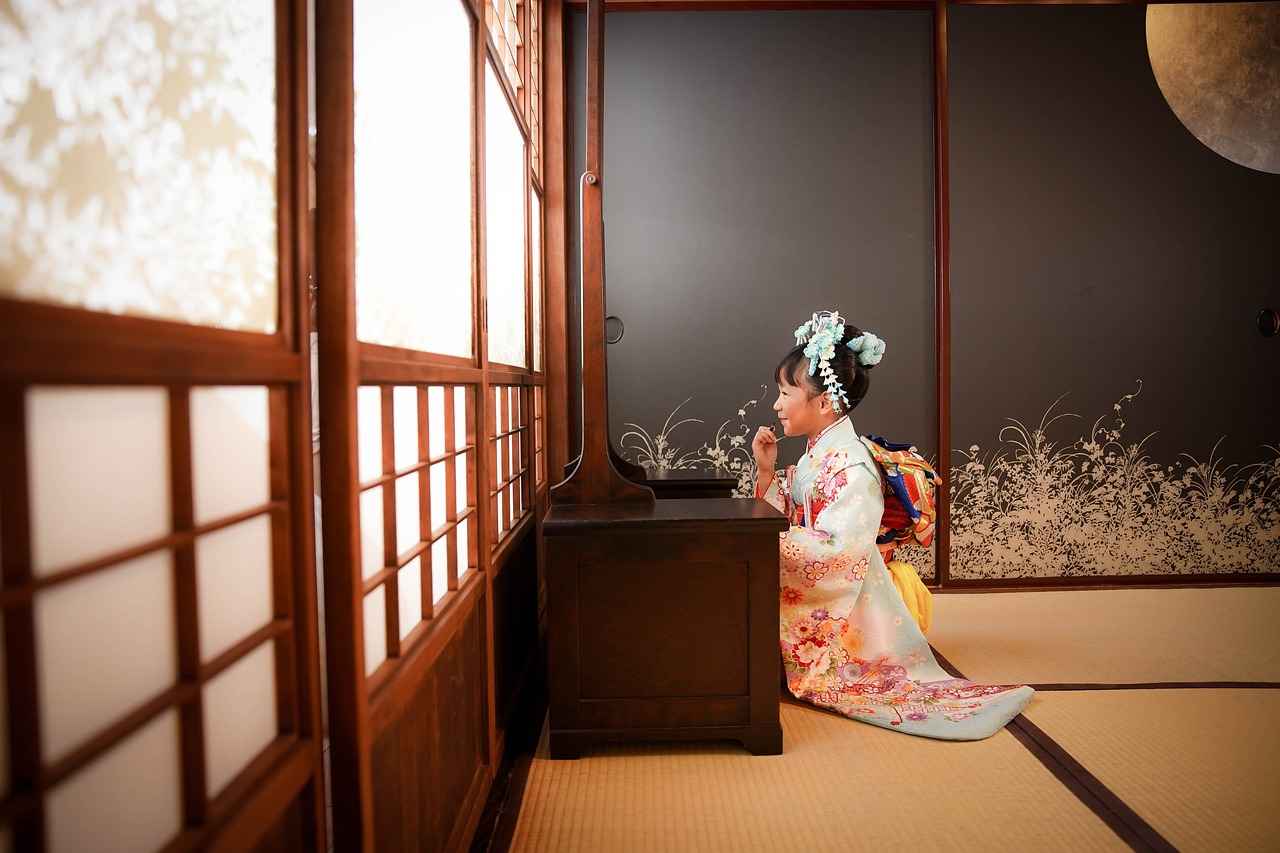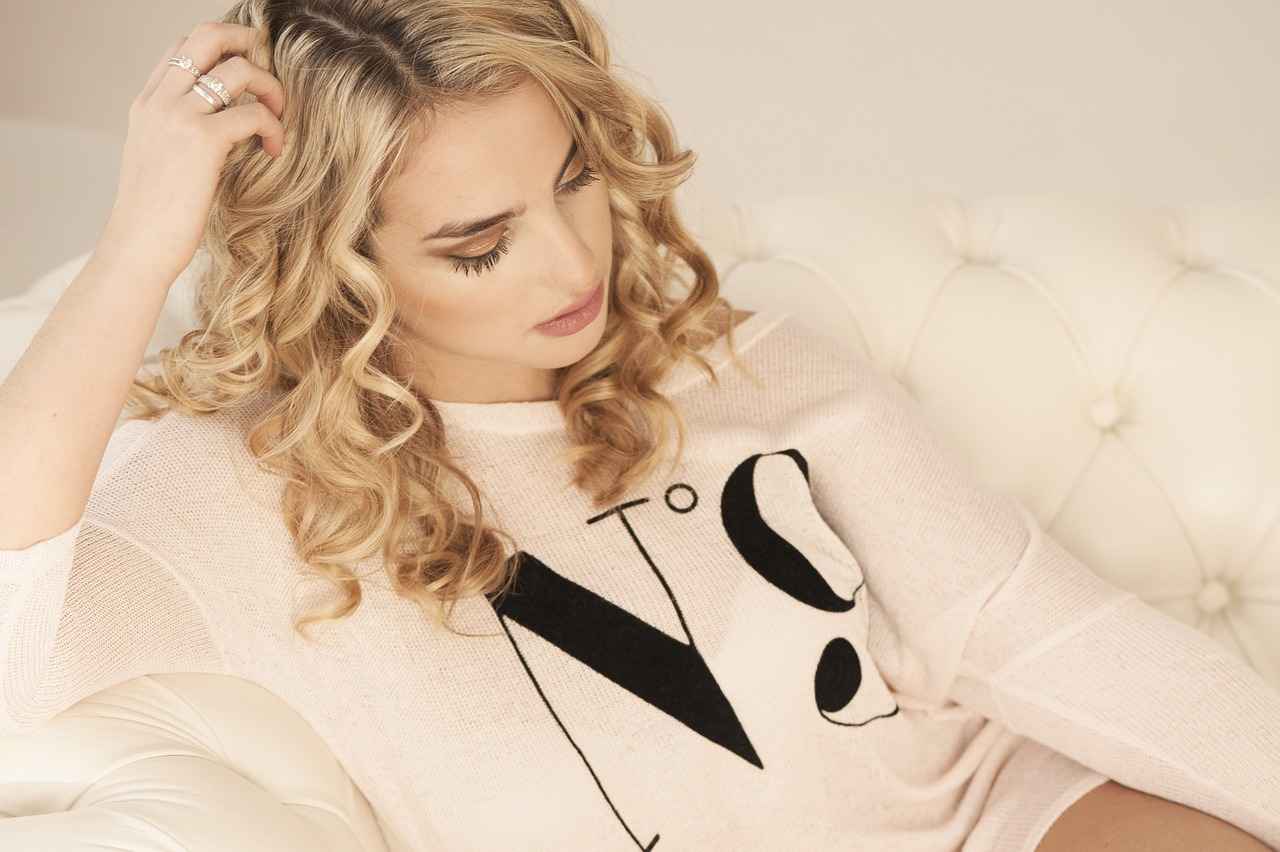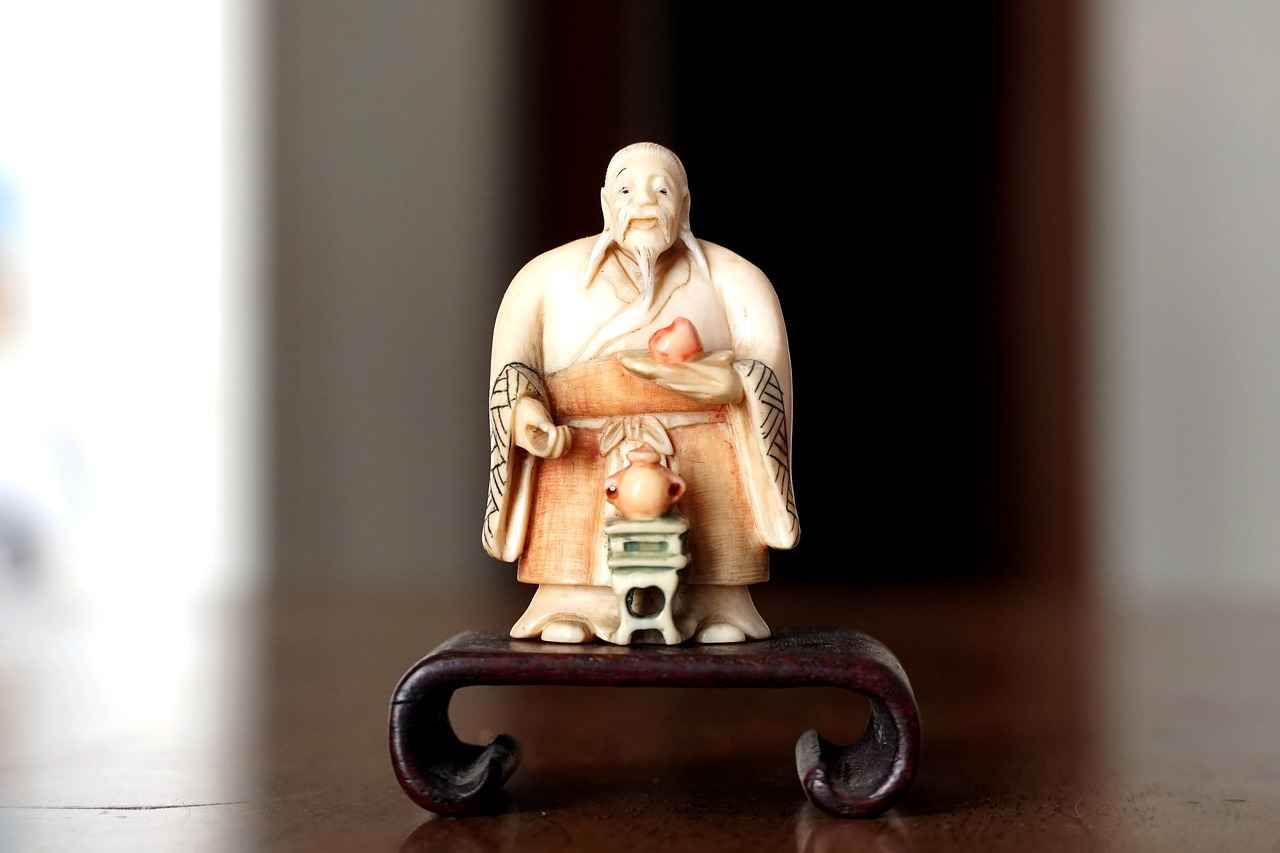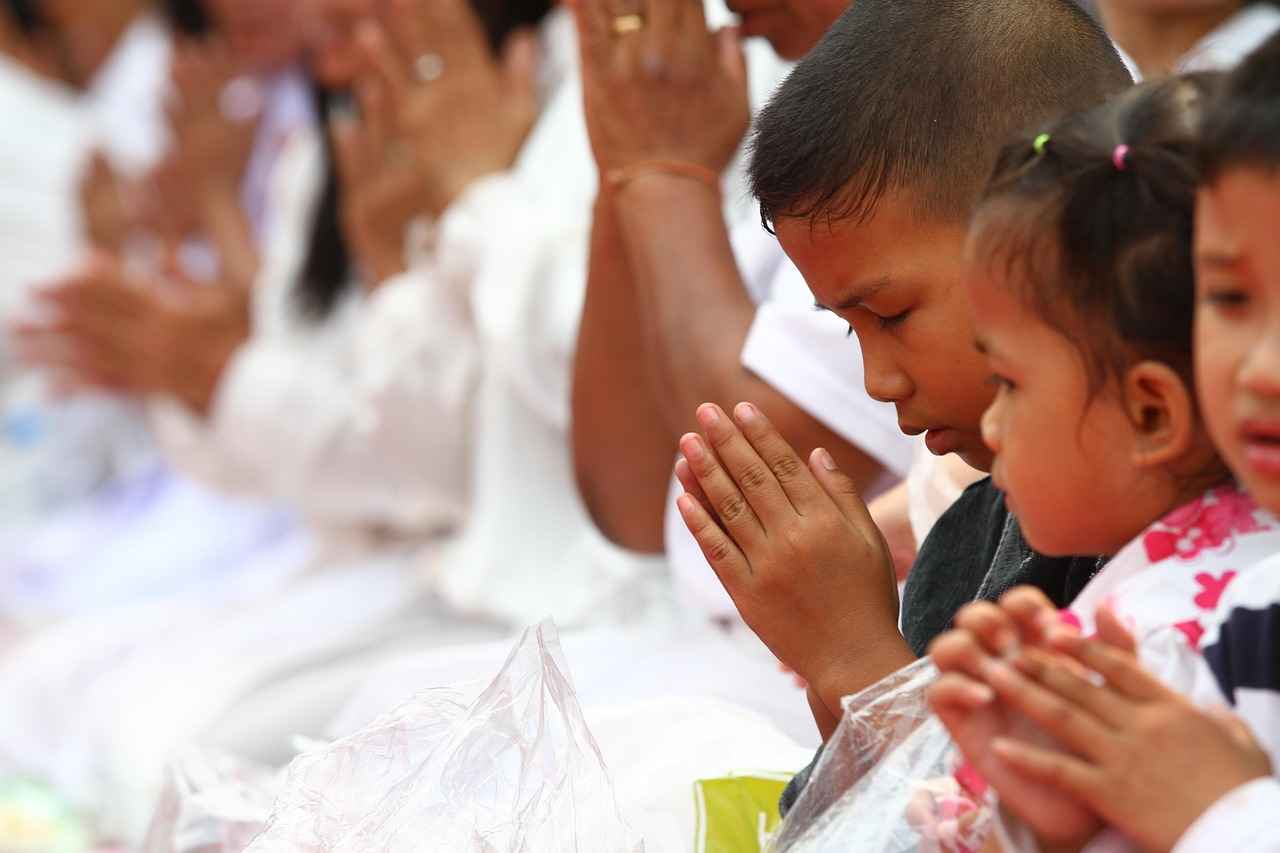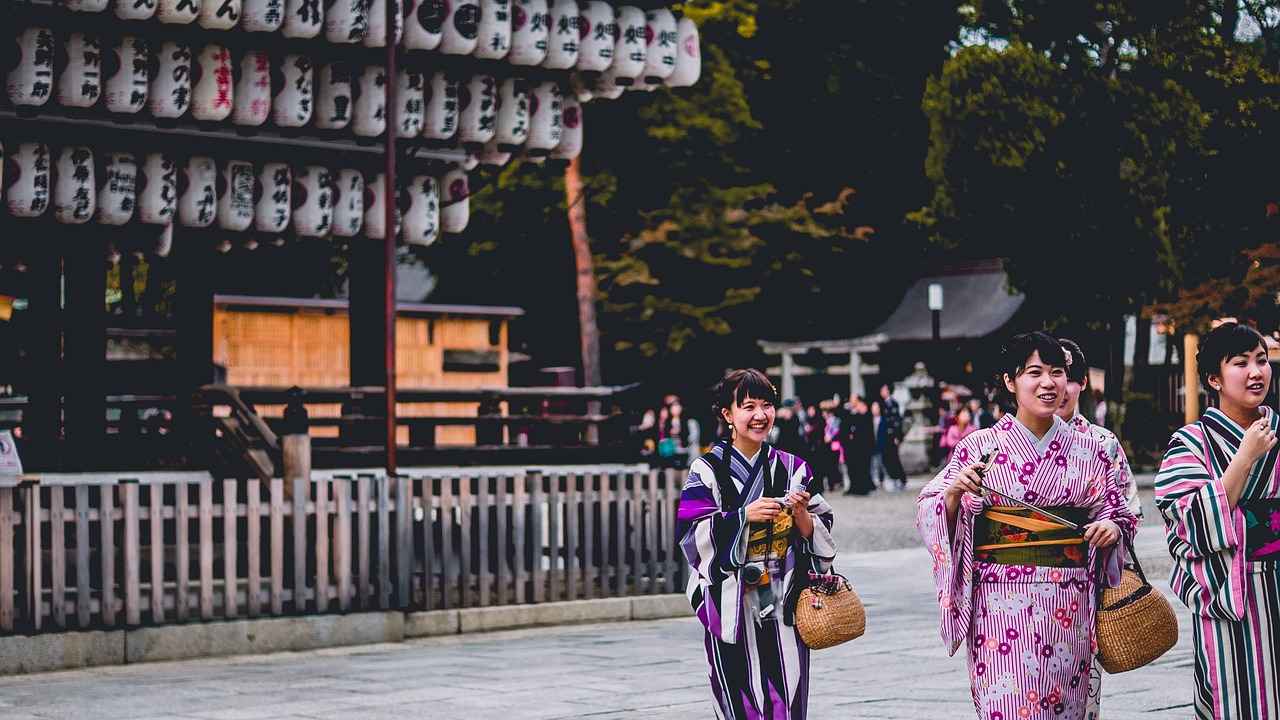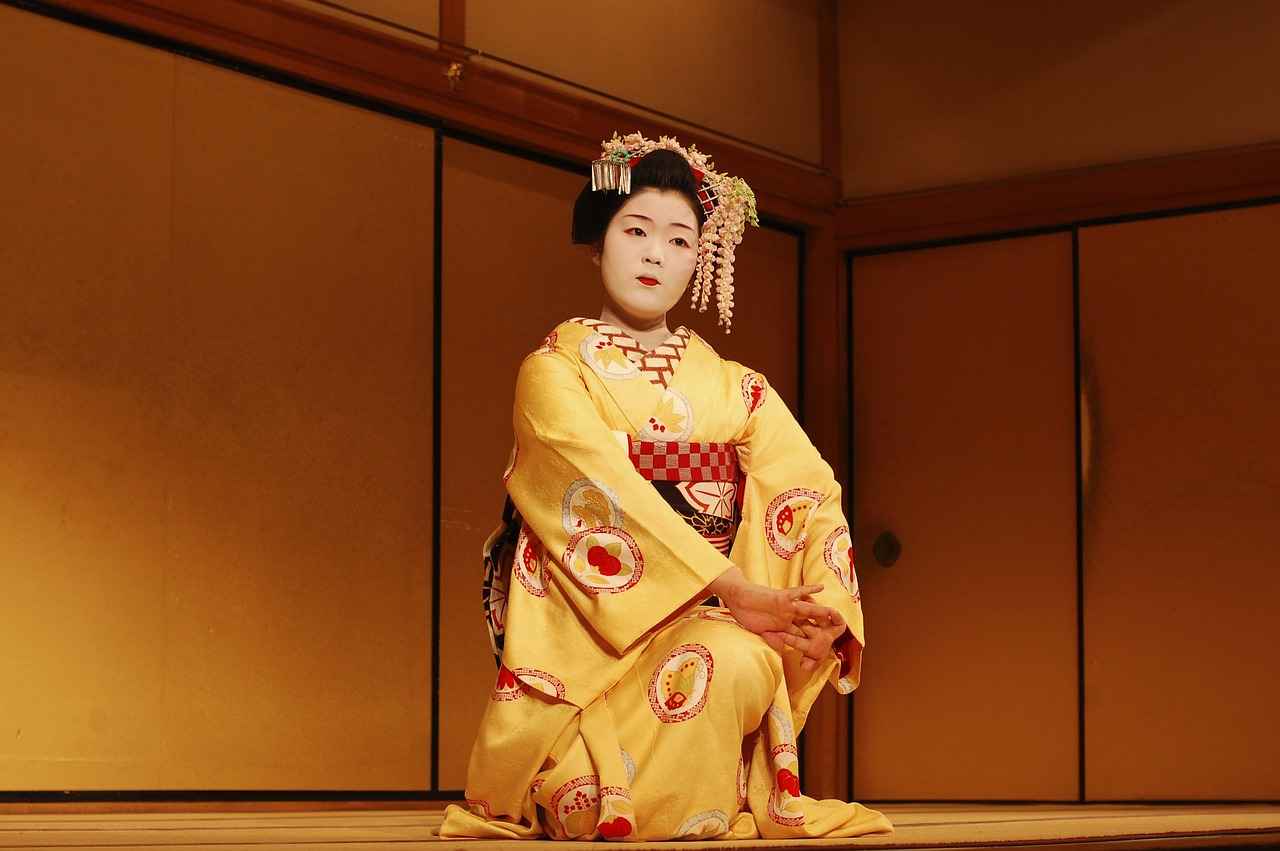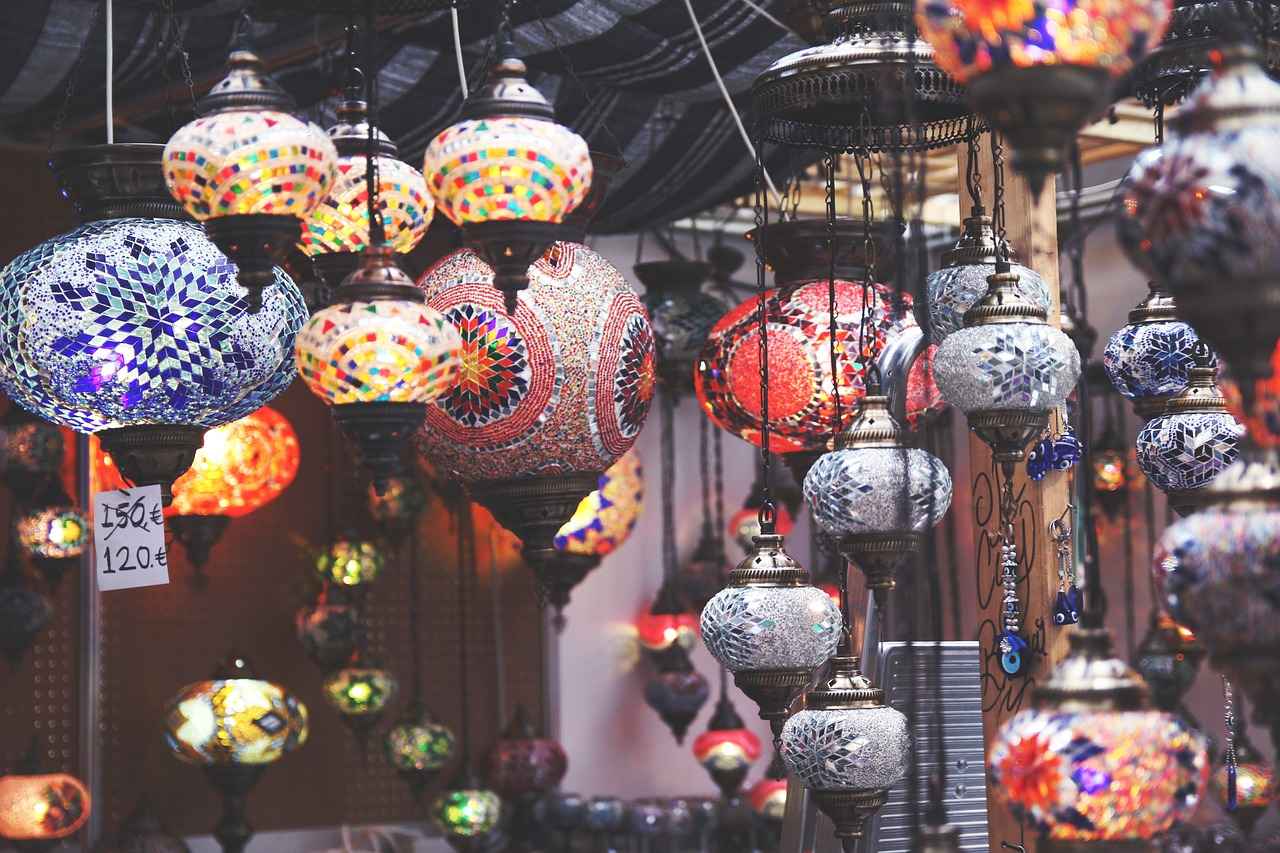This comprehensive guide will help you navigate the world of wedding kimonos, covering styles, fabrics, cultural significance, and tips for selecting the ideal piece for your special day. Whether you are drawn to the traditional elegance of a shiromuku or the vibrant hues of a colored kimono, understanding the nuances of these garments will ensure you make a choice that resonates with your personal style and cultural heritage.
Understanding Wedding Kimonos
Wedding kimonos are steeped in history and tradition, symbolizing purity and elegance. In Japanese culture, the kimono is more than just attire; it represents the bride’s family and her journey into a new life. Each style offers distinct features that cater to different wedding themes and personal preferences.
Types of Wedding Kimonos
- Simplicity of Shiromuku: The traditional white kimono, known as shiromuku, is a popular choice for brides seeking a classic look. It symbolizes purity and the start of a new beginning.
- Vibrant Colored Kimonos: These kimonos, often adorned with intricate patterns, represent joy and celebration, allowing brides to express their unique personalities.
Choosing the Right Fabric
The fabric of your kimono plays a crucial role in its overall appearance and comfort. Traditional options include silk and cotton, each offering a different aesthetic and feel. Understanding the benefits of each material will help you select a kimono that not only looks stunning but also feels comfortable throughout your special day.
Finding the Perfect Fit
Ensuring the right fit is essential for any bridal outfit. Consider getting measured by a professional and explore tailoring options to achieve a personalized look. This attention to detail can make a significant difference in how you feel on your wedding day.
Accessorizing Your Wedding Kimono
Accessories such as obi (the sash) and traditional footwear are vital in completing your kimono look. Choosing the right accessories can enhance your overall aesthetic and add a touch of elegance.
The Role of Color in Kimonos
The colors of kimonos carry deep meanings in Japanese culture. For instance, red symbolizes happiness and good fortune, while white represents purity. Understanding these meanings can help you select a kimono that reflects your personality and cultural background.
Conclusion: Making Your Choice
Choosing the perfect kimono for your wedding is a significant decision that combines tradition, personal style, and cultural significance. By considering the various styles, fabrics, and accessories, you can ensure that your wedding kimono is not only beautiful but also meaningful. Embrace this opportunity to express your individuality while honoring the rich heritage of Japanese weddings.
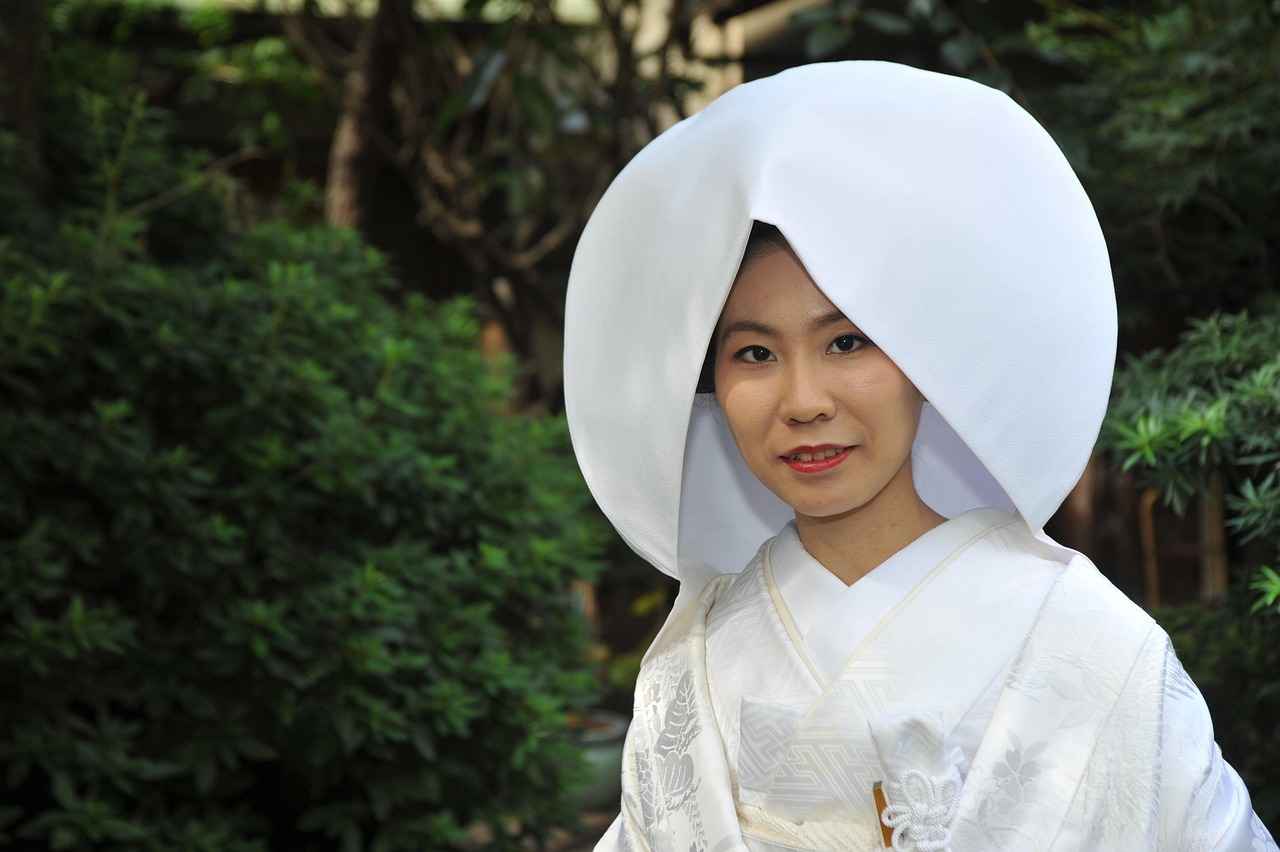
Understanding Wedding Kimonos
The kimono holds a profound place in Japanese culture, particularly during weddings. This traditional garment is not merely a piece of clothing but a symbol of heritage, love, and the sacred bond between couples. The history of kimonos in weddings dates back centuries, intertwining with various cultural practices and beliefs that elevate their significance.
In Japanese weddings, the kimono serves as a representation of purity and new beginnings. Traditionally, brides wear the shiromuku, a pure white kimono, which symbolizes a fresh start and the bride’s commitment to her new life. The color white is also associated with sincerity and innocence, making it a fitting choice for such a momentous occasion.
However, kimonos are not limited to just the shiromuku. Brides often opt for a variety of styles, including the colored kimono, which showcases vibrant hues and intricate patterns. These kimonos can reflect personal style and family heritage, allowing brides to express their individuality while honoring tradition.
Each style of kimono carries its own unique features and cultural meanings. For example, the furisode, characterized by its long sleeves, is often worn by younger brides and symbolizes youth and vitality. On the other hand, the tomesode, typically featuring shorter sleeves and adorned with beautiful designs, is reserved for married women and signifies maturity and elegance.
When selecting a wedding kimono, it is essential to consider not only the style but also the fabric. Traditional materials, such as silk, provide a luxurious feel and stunning drape, while cotton offers comfort and practicality. Each fabric choice can enhance the overall aesthetic and comfort of the garment during the ceremony.
In conclusion, understanding the history and significance of kimonos in Japanese weddings is crucial for brides looking to honor tradition while embracing their unique style. With various styles and fabrics available, there is a perfect kimono for every bride, ensuring that they look stunning on their special day.
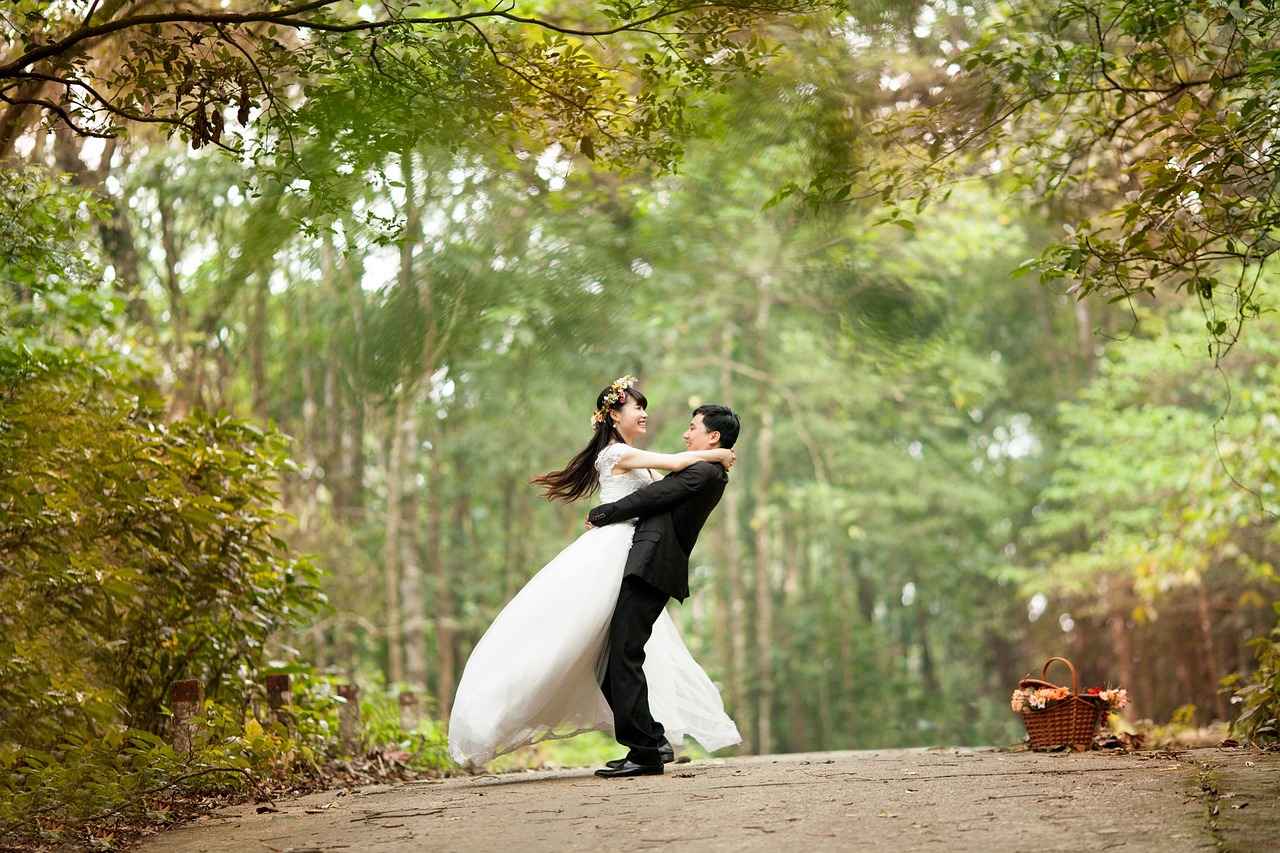
Types of Wedding Kimonos
When it comes to selecting the perfect kimono for your wedding, understanding the different types available is crucial. Each style carries its own unique features and cultural significance, enabling brides to find a garment that resonates with their personal aesthetic and the theme of their wedding. Below, we explore two of the most popular types of wedding kimonos: the shiromuku and the colored kimono.
- Simplicity of Shiromuku
The shiromuku is a traditional white kimono, symbolizing purity and simplicity. This classic style is often chosen by brides who wish to embody a timeless elegance on their special day. The white fabric serves as a canvas, allowing for vibrant accessories to stand out, enhancing the overall bridal look.
- Vibrant Colored Kimonos
In contrast, colored kimonos offer a spectrum of hues, each with its own cultural significance. These kimonos allow brides to express their individuality and personal style. Popular colors include red, which symbolizes good fortune, and pink, representing happiness and joy. The choice of color can also reflect the wedding theme, making it a versatile option for modern brides.
Both styles of kimonos can be adorned with intricate patterns and designs, enhancing their beauty and cultural relevance. The shiromuku often features subtle embroidery, while colored kimonos may showcase bold floral patterns or seasonal motifs, catering to various wedding themes.
Ultimately, the choice between a shiromuku and a colored kimono comes down to personal preference, cultural significance, and the overall aesthetic of the wedding. By understanding the unique features of each type, brides can make an informed decision that reflects their style and honors tradition.
Simplicity of Shiromuku
When it comes to Japanese wedding attire, few garments are as iconic as the shiromuku kimono. This traditional white kimono is not only a symbol of purity and simplicity but also represents the bride’s commitment to her new life. The shiromuku is often chosen by brides who wish to embody a classic and timeless aesthetic on their special day.
The symbolism behind the shiromuku is deeply rooted in Japanese culture. The color white signifies purity and innocence, making it a fitting choice for brides who are embarking on a new journey in life. Additionally, the simplicity of the design allows for a focus on the bride’s beauty, rather than the garment itself. This is why many brides opt for the shiromuku, as it aligns with the traditional values of modesty and elegance.
In terms of style, the shiromuku is characterized by its long sleeves and straight silhouette, typically crafted from luxurious materials such as silk. The fabric not only enhances the garment’s elegance but also provides a comfortable fit, allowing brides to move gracefully throughout their ceremony. The overall design is often complemented by intricate embroidery or patterns, adding a touch of sophistication without overwhelming the simplicity of the outfit.
Moreover, the shiromuku is versatile enough to be paired with various accessories, such as an obi (sash) and obijime (decorative cord), which can elevate the overall look. These accessories not only serve a functional purpose but also enhance the aesthetic appeal of the kimono, allowing brides to express their individual style while honoring tradition.
In conclusion, the shiromuku kimono stands out as a popular choice for brides seeking a classic and elegant look on their wedding day. Its rich symbolism, combined with its timeless design, makes it a garment that resonates with many brides who wish to embrace their cultural heritage while celebrating their special moment.
Fabric Choices for Shiromuku
The shiromuku kimono, a traditional garment worn by brides during Japanese weddings, is celebrated for its elegance and cultural significance. A key aspect of its beauty lies in the choice of fabrics, which not only enhance the garment’s aesthetic appeal but also contribute to its overall symbolism.
Two of the most popular fabrics used in shiromuku kimonos are silk and cotton. Each of these materials offers distinct characteristics that elevate the garment’s elegance and comfort.
- Silk: Known for its luxurious feel and lustrous appearance, silk is the traditional choice for shiromuku kimonos. This fabric drapes beautifully, allowing the kimono to flow gracefully as the bride moves. The sheen of silk reflects light in a way that enhances the intricate designs often embroidered onto the fabric, making it a preferred option for those seeking a classic and refined look.
- Cotton: While silk is often favored for formal occasions, cotton has gained popularity for its breathability and comfort. This fabric is particularly suitable for weddings held in warmer months, as it allows for better air circulation. Cotton kimonos can also be adorned with vibrant patterns and colors, providing a modern twist to the traditional shiromuku.
In addition to silk and cotton, other fabrics such as ramie and polyester blends are also used, offering various benefits. Ramie, for instance, is a natural fiber that resembles linen and is known for its durability. Polyester blends, on the other hand, can mimic the look of silk while being more affordable and easier to maintain.
Ultimately, the choice of fabric for a shiromuku kimono plays a crucial role in defining its elegance. Brides should consider not only the aesthetic qualities but also the comfort and practicality of each fabric type to ensure a memorable and enjoyable wedding experience.
Accessories for Shiromuku
The shiromuku, a traditional Japanese wedding kimono, is renowned for its elegance and cultural significance. To enhance the beauty of this exquisite garment, a selection of carefully chosen accessories is essential. In this section, we will explore the key accessories that complement the shiromuku, including the obi, obijime, and other decorative elements that elevate the overall aesthetic of the outfit.
- Obi: The obi is a wide belt that is tied around the waist of the kimono. For the shiromuku, a white obi is often preferred, symbolizing purity and simplicity. The obi can feature intricate patterns or embellishments, adding a touch of sophistication to the ensemble. Choosing the right obi is crucial, as it should harmonize with the fabric and design of the kimono while also providing a flattering silhouette.
- Obijime: This decorative cord is used to secure the obi in place and is typically worn over the obi. The obijime can be made from various materials, including silk or cotton, and comes in a range of colors. Selecting an obijime that contrasts or complements the colors of the shiromuku can enhance the overall look, providing a pop of color or texture that draws the eye.
- Haneri: The haneri is a decorative collar that can be added to the kimono. Often made from a contrasting fabric, it adds a layer of visual interest and can be embroidered with traditional motifs. This accessory not only contributes to the aesthetic but also allows for personalization, enabling brides to express their unique style.
- Obiage and Obiita: The obiage is a decorative scarf that is tucked into the top of the obi, while the obiita is a stiff piece that helps maintain the shape of the obi. Both accessories add depth and detail to the outfit, making them essential for a polished appearance.
In conclusion, the right accessories play a pivotal role in enhancing the beauty of the shiromuku. By carefully selecting items such as the obi, obijime, haneri, and other decorative elements, brides can create a stunning and cohesive look that honors tradition while showcasing their personal style.
Vibrant Colored Kimonos
are not just garments; they are a celebration of culture, tradition, and personal expression. These stunning pieces of attire have deep cultural meanings and can beautifully reflect a bride’s unique style on her wedding day. In this section, we will explore the allure of colorful kimonos, their significance, and how they can enhance the beauty of any wedding ceremony.
The colorful kimono, often adorned with intricate patterns and vibrant hues, holds a special place in Japanese weddings. Unlike the traditional white shiromuku, which symbolizes purity and new beginnings, colorful kimonos represent joy, happiness, and the bride’s individuality. Each color carries its own meaning; for instance, red symbolizes good fortune and joy, while blue signifies calmness and stability.
| Color | Symbolism |
|---|---|
| Red | Good fortune and joy |
| Blue | Calmness and stability |
| Pink | Love and affection |
| Green | Growth and harmony |
Choosing a vibrant kimono allows brides to express their personality and style, moving away from conventional choices. The intricate designs often tell a story, showcasing the artistry of skilled craftsmen. Many brides opt for kimonos that incorporate family crests or motifs that resonate with their personal history, making their wedding attire even more meaningful.
Furthermore, colorful kimonos can be paired with various accessories such as obi and obijime, enhancing their overall aesthetic. The choice of accessories can further reflect the bride’s personal style, blending tradition with modern flair.
In conclusion, vibrant colored kimonos are a stunning choice for brides looking to make a statement on their wedding day. They embody cultural significance while allowing for personal expression, making them a beautiful and meaningful option for any wedding ceremony.
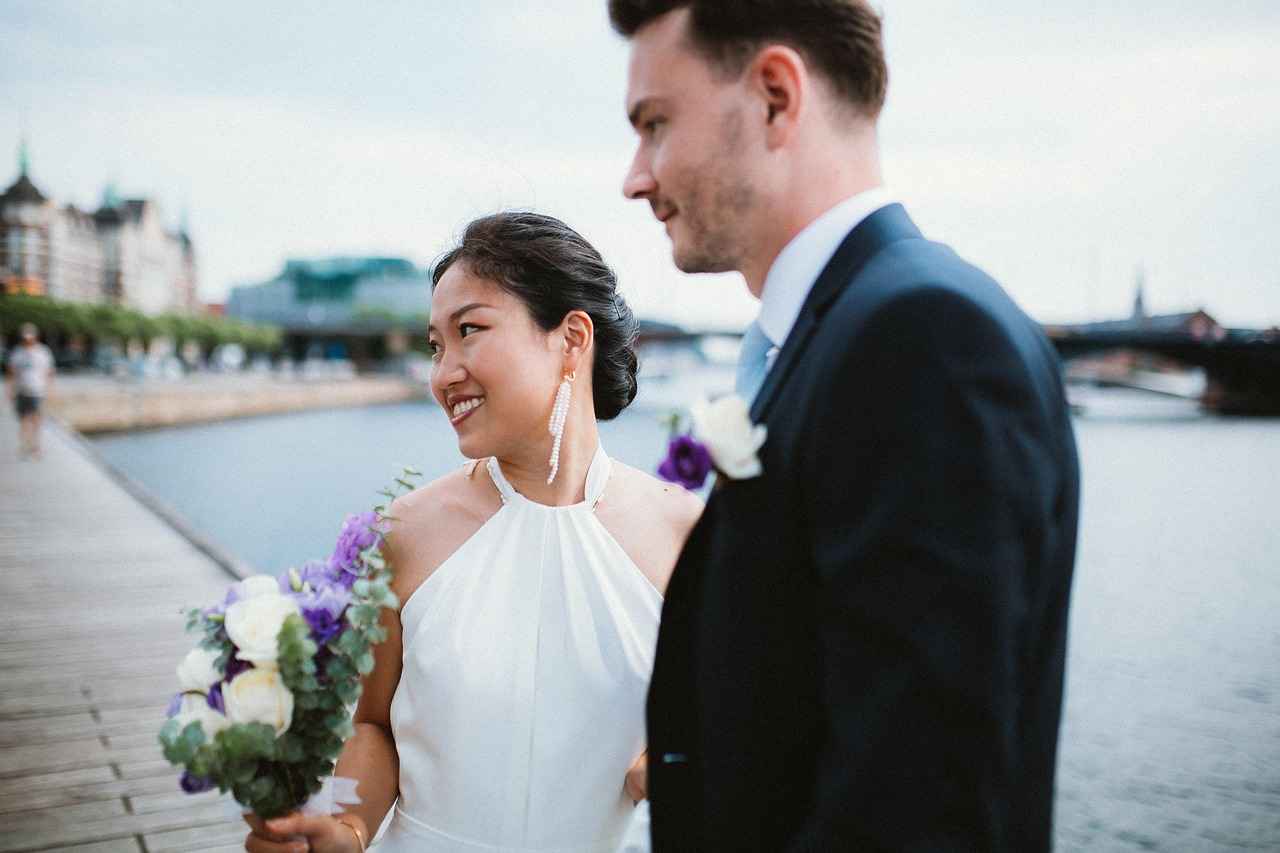
Choosing the Right Fabric
for your kimono is a crucial aspect that influences both comfort and aesthetics during your wedding ceremony. The fabric you select not only affects how the kimono looks but also how it feels throughout the day. Understanding the various materials available can help you make an informed decision that aligns with your personal style and the overall theme of your wedding.
When it comes to wedding kimonos, silk is often the preferred choice due to its luxurious texture and elegant appearance. It drapes beautifully, enhancing the silhouette of the kimono and providing a timeless look. However, silk can be quite delicate and may require special care, making it essential to consider your ability to maintain it.
On the other hand, satin and polyester fabrics offer a more affordable alternative. These synthetic materials are easier to care for and often more durable, making them ideal for brides who want a stunning look without the high maintenance of silk. While they may lack some of the natural sheen of silk, advancements in fabric technology have made synthetic options increasingly appealing.
Another important factor to consider is the season in which your wedding will take place. Lightweight fabrics such as cotton or linen are perfect for summer weddings, providing breathability and comfort in warmer temperatures. In contrast, heavier fabrics like silk or brocade can offer warmth and elegance for winter ceremonies.
Ultimately, the choice of fabric should reflect your personal style, comfort needs, and the overall atmosphere you wish to create on your special day. By understanding the characteristics of different materials, you can select a kimono that not only looks beautiful but also feels great to wear throughout your wedding celebrations.
Silk vs. Synthetic Fabrics
Silk and synthetic fabrics are two popular choices for wedding kimonos, each offering unique advantages and disadvantages. Understanding these can help brides make an informed decision based on their budget and comfort.
| Fabric Type | Benefits | Drawbacks |
|---|---|---|
| Silk |
|
|
| Synthetic Fabrics |
|
|
When choosing between silk and synthetic fabrics for a wedding kimono, brides should consider personal priorities. If a bride values a luxurious experience and is willing to invest in higher-quality materials, silk may be the best choice. Conversely, for those on a tighter budget or seeking a low-maintenance option, synthetic fabrics can provide a practical alternative without sacrificing style.
Ultimately, the decision should align with the bride’s vision for her special day, ensuring she feels comfortable and beautiful.
Seasonal Fabric Considerations
When planning a wedding, one of the most crucial aspects is ensuring the bride feels both comfortable and stunning throughout the day. The choice of fabric for a wedding kimono plays a significant role in achieving this balance, particularly when considering the season in which the wedding will take place.
In spring, lightweight fabrics such as silk chiffon and georgette are ideal. These materials allow for breathability and flow, making them perfect for warmer temperatures while still providing an elegant appearance. Additionally, the soft drape of these fabrics can beautifully complement floral motifs often associated with spring weddings.
During the summer, it’s essential to prioritize fabrics that are not only beautiful but also practical. Lightweight cotton and linen are excellent choices, as they offer comfort in the heat and humidity. These materials can keep brides feeling cool while still allowing for intricate designs and vibrant colors that reflect the joyful spirit of summer.
As the autumn months arrive, brides may want to consider slightly heavier fabrics such as satin or crepe. These materials provide warmth without sacrificing style, allowing for richer colors and textures that align with the season’s aesthetic. The luxurious feel of these fabrics can enhance the overall look while keeping the bride comfortable as temperatures begin to drop.
Finally, in the winter, brides should opt for fabrics that not only look stunning but also offer warmth. Velvet and brocade are perfect for winter weddings, providing both elegance and insulation against the cold. These fabrics can be adorned with intricate embroidery or embellishments, creating a striking contrast against a winter backdrop.
In conclusion, understanding how the season influences fabric choice is essential for brides. Selecting the right material ensures that they remain comfortable while looking absolutely stunning on their special day. By considering the season’s characteristics, brides can make informed decisions that enhance their wedding experience.

Finding the Perfect Fit
Choosing the right wedding kimono is a significant part of preparing for your special day. A well-fitted kimono not only enhances your appearance but also ensures comfort throughout the ceremony. Here are some essential tips to help you achieve the perfect fit.
- Understand Your Measurements: Before selecting a kimono, it is crucial to take accurate measurements of your body. Focus on key areas such as bust, waist, and hip measurements. Additionally, consider the length of the kimono to ensure it complements your height.
- Trying on Different Styles: Kimonos come in various designs, and each style may fit differently. It is important to try on multiple styles to determine which one flatters your body shape the most. Pay attention to how the fabric drapes and how it feels when you move.
- Consult with Experts: Don’t hesitate to seek advice from professionals in kimono tailoring. They can provide insights on how to adjust the kimono for a better fit, ensuring that it aligns with your personal style and comfort.
- Tailoring Options: If you find a kimono that you love but it doesn’t fit perfectly, consider tailoring options. Custom alterations can transform a standard kimono into a piece that fits you like a glove, enhancing your overall look.
- Consider Fabric Stretch: Some fabrics have more give than others. When trying on kimonos, take note of how the fabric responds to your movements. A fabric that offers some stretch can provide additional comfort during your wedding day.
Conclusion: Finding the perfect fit for your wedding kimono is essential for both style and comfort. By taking accurate measurements, trying on various styles, and considering tailoring options, you can ensure that your kimono will be a stunning and comfortable choice for your special day.
Measuring for a Kimono
When it comes to selecting the perfect kimono, accurate measurements are essential for achieving a flattering fit that complements your body shape. Here are some practical tips to guide you through the measuring process:
- Gather Your Materials: To begin, you will need a soft measuring tape, a pen, and paper to record your measurements. It’s also helpful to wear fitted clothing to get the most accurate results.
- Key Measurements: Focus on the following key areas when taking your measurements:
- Chest/Bust: Measure around the fullest part of your bust, ensuring the tape is snug but not tight.
- Waist: Measure around the narrowest part of your waist, typically just above the belly button.
- Hip: Measure around the fullest part of your hips while standing with your feet together.
- Back Width: Measure from shoulder to shoulder across your back to determine how the kimono will fit across your shoulders.
- Length: Decide how long you want the kimono to be, measuring from the nape of your neck down to your desired hemline.
- Consider Body Shape: Different body shapes may require adjustments to standard measurements. For example, if you have a fuller bust, you might want to add extra room in that area. Always prioritize comfort and style.
- Consult a Tailor: If you’re unsure about taking measurements or want a more tailored fit, consider consulting a professional tailor. They can provide expert advice and ensure that your kimono fits perfectly.
By following these guidelines, you can ensure that your kimono fits beautifully, allowing you to feel confident and elegant on your special day.
Tailoring Options for Custom Kimonos
When it comes to selecting the perfect kimono for your wedding, custom tailoring offers a myriad of benefits that can transform your bridal experience. This personalized approach ensures that every detail of the kimono is crafted to reflect your unique style and vision.
One of the primary advantages of custom tailoring is the perfect fit. Off-the-rack kimonos may not accommodate every body shape or size, leading to discomfort or an unflattering appearance. By opting for a tailored kimono, you can ensure that it hugs your curves in all the right places, enhancing your natural beauty on your special day.
Furthermore, custom tailoring allows for personalization in design elements. From fabric choices to color schemes, brides can collaborate with skilled artisans to create a piece that embodies their personality. Whether you prefer a traditional white shiromuku or a vibrant colored kimono, the options are virtually limitless.
Another significant benefit is the opportunity to incorporate cultural elements that hold personal significance. Custom kimonos can be designed to include specific motifs or symbols that resonate with your heritage or personal story, making your wedding attire not just a garment, but a meaningful representation of your journey.
Additionally, custom tailoring can enhance the overall aesthetic appeal of the kimono. Skilled tailors can add intricate embellishments, adjust sleeve lengths, or modify the obi style to create a cohesive look that complements your wedding theme. This attention to detail ensures that your kimono stands out and captures the essence of your celebration.
In conclusion, choosing custom tailoring for your kimono is an investment in both comfort and style. It allows brides to achieve a truly personalized look that reflects their unique identity, making their wedding day even more special.
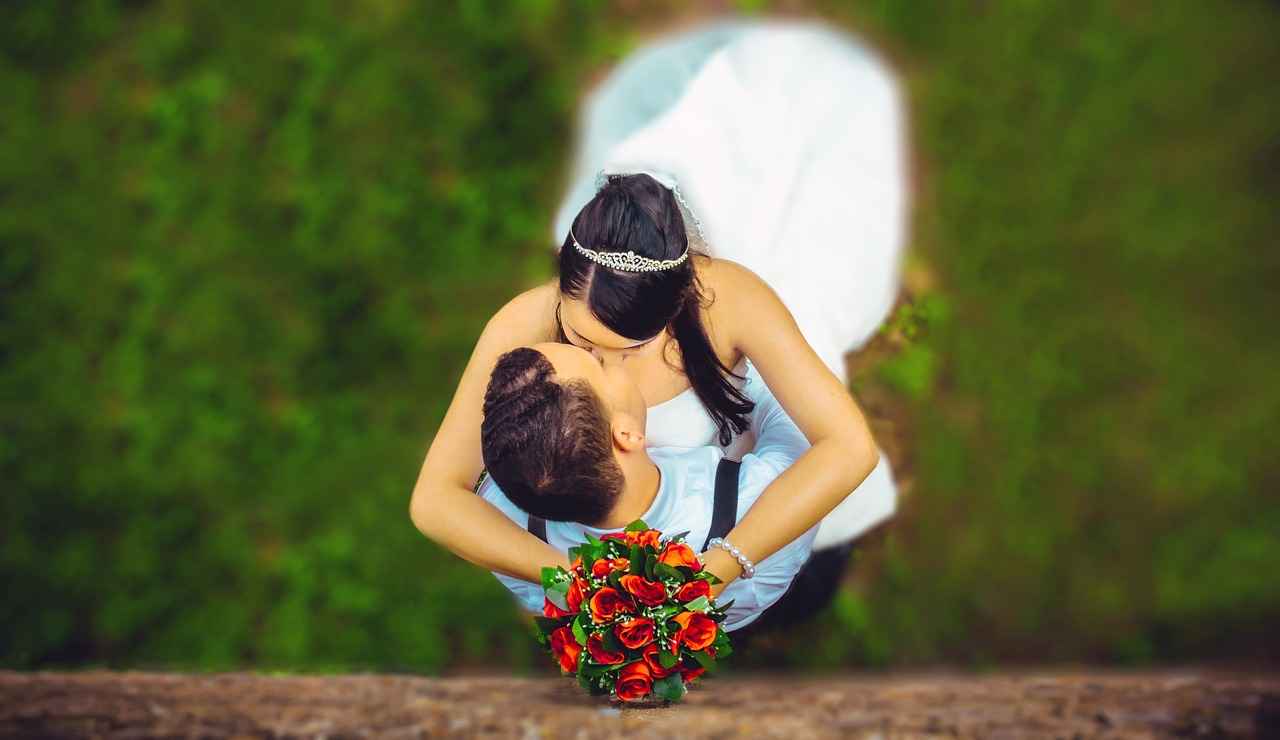
Accessorizing Your Wedding Kimono
is an essential aspect of creating a stunning bridal look. The right accessories not only enhance the beauty of the kimono but also reflect the bride’s personal style and cultural heritage. In this section, we will explore the various accessories that can elevate a wedding kimono, including the obi, obijime, and traditional footwear.
The obi is a wide belt that is wrapped around the waist and serves as a focal point of the kimono ensemble. Selecting the right obi is crucial, as it should complement the color and design of the kimono. For a shiromuku (white kimono), a simple yet elegant obi in a contrasting color can add depth to the outfit. Conversely, for a colorful kimono, a patterned obi that harmonizes with the kimono’s motifs can create a cohesive look.
Next, we have the obijime, which is a decorative cord that is tied over the obi. This accessory not only secures the obi in place but also adds a touch of sophistication. Obijime comes in various materials, including silk and cotton, and can feature intricate designs or embellishments. Choosing an obijime that complements the obi and kimono is essential for achieving a balanced appearance.
Footwear is another critical element to consider when accessorizing a wedding kimono. Traditional options include geta and zori. Geta are elevated wooden sandals that provide a unique aesthetic, while zori are flat sandals often made of fabric or leather. Both options should be chosen based on comfort and style, ensuring that the bride can move gracefully throughout the day.
- Obi: The centerpiece of the kimono ensemble.
- Obijime: Adds elegance and secures the obi.
- Footwear: Traditional options like geta and zori complete the look.
In conclusion, accessorizing your wedding kimono is a vital step in creating a beautiful and personalized bridal look. By thoughtfully selecting the right obi, obijime, and footwear, brides can ensure that their ensemble not only meets traditional standards but also reflects their unique style on their special day.
Choosing the Right Obi
is a crucial aspect of completing the look of a wedding kimono. The obi, a wide belt worn over the kimono, not only serves a functional purpose but also adds a significant aesthetic element to the ensemble. Understanding the various styles and how they complement the kimono can elevate the entire bridal outfit.
The significance of the obi in Japanese culture cannot be overstated. Traditionally, the obi symbolizes the connection and bond between the bride and her family. It is often considered a representation of the bride’s new journey in life, making its selection all the more important.
When choosing an obi, consider the following factors:
- Color: The color of the obi should harmonize with the kimono. For example, a white kimono like the shiromuku pairs beautifully with a gold or cream obi, while a colored kimono may be complemented by an obi that features similar hues or patterns.
- Material: The fabric of the obi can greatly affect the overall look. Silk is a popular choice for its luxurious appearance, while cotton offers a more casual vibe. Ensure the material aligns with the formality of the wedding.
- Style: There are various styles of obi, including the fukuro obi and haneri obi. The fukuro obi is more formal and often used for weddings, while the haneri is simpler and suitable for less formal occasions.
Additionally, the way the obi is tied can also influence the overall appearance. A well-tied obi not only enhances the silhouette but also adds elegance to the kimono. Consider consulting a professional for the best techniques to achieve a flawless finish.
In conclusion, the right obi can significantly enhance the beauty of a wedding kimono. By carefully considering color, material, and style, brides can select an obi that not only complements their kimono but also adds a personal touch to their wedding attire.
Footwear Options for Brides
Choosing the right footwear is crucial for brides wearing kimonos, as it not only impacts style but also comfort throughout the wedding day. With a variety of options available, brides can select shoes that complement their kimono while ensuring they can move gracefully.
Here, we explore both traditional and modern footwear choices:
| Footwear Type | Description | Comfort Level |
|---|---|---|
| Geta | Traditional wooden sandals that elevate the wearer, allowing for airflow and comfort. | Moderate |
| Zori | Flat sandals made from rice straw or synthetic materials, perfect for a casual yet elegant look. | High |
| Heeled Sandals | Modern options that can add height and style, available in various designs to match the kimono. | Variable |
| Flats | Simple and comfortable, perfect for brides who prioritize ease of movement. | High |
Comfort and Style Considerations:
- Choose footwear that complements the color and style of the kimono.
- Consider the venue and terrain when selecting footwear to ensure stability.
- Try on different styles to find the perfect balance between comfort and aesthetics.
In conclusion, whether opting for traditional geta or modern heeled sandals, it is essential for brides to prioritize both comfort and style in their footwear choices. This thoughtful selection will allow them to enjoy their special day without the worry of discomfort.
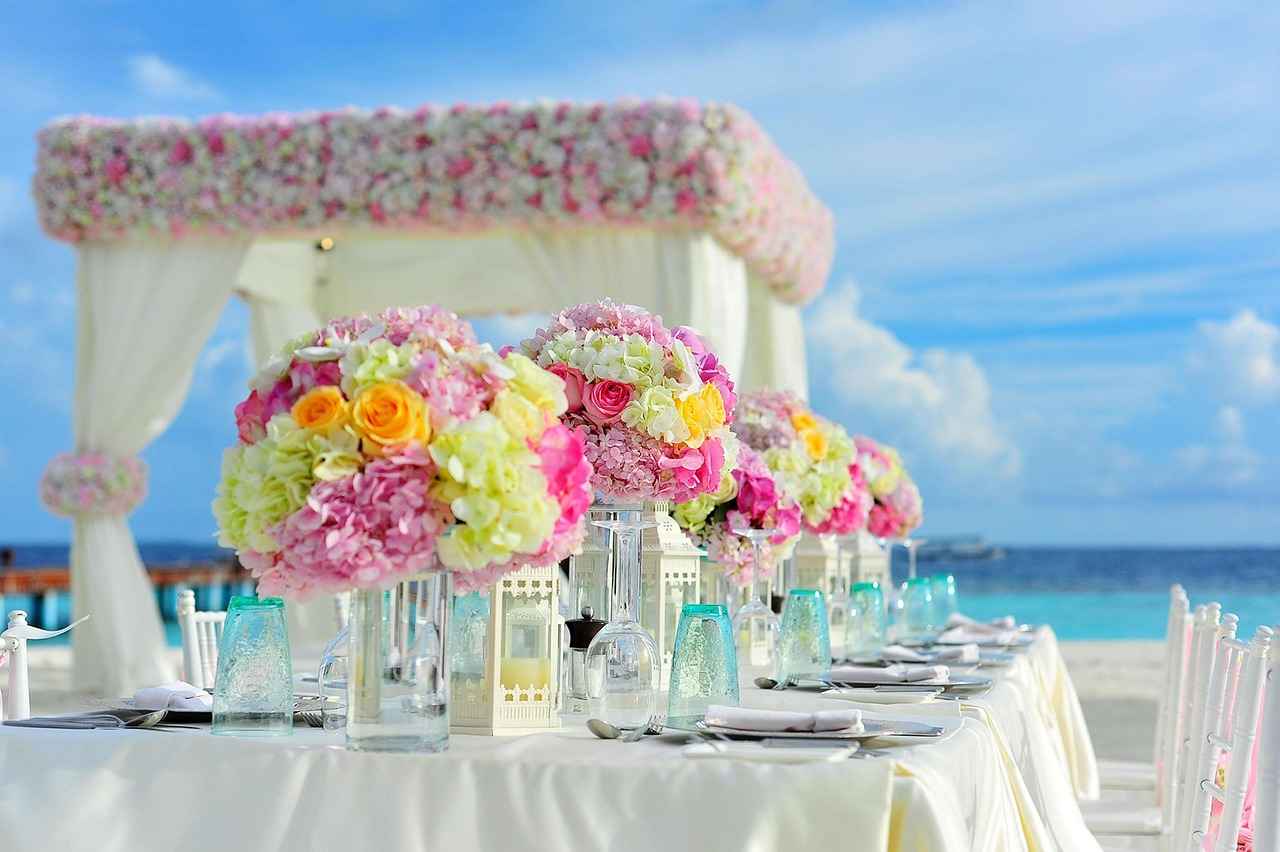
The Role of Color in Kimonos
Colors play a significant role in the world of kimonos, especially when it comes to weddings. Each hue carries its own symbolism and meaning, reflecting not only the bride’s personality but also her cultural heritage. Understanding the implications of these colors can aid brides in making a choice that resonates with their identity and traditions.
| Color | Symbolism | Reflection of Personality |
|---|---|---|
| White | Purity and simplicity | Classic and traditional |
| Red | Happiness and good fortune | Bold and vibrant |
| Pink | Love and affection | Romantic and gentle |
| Blue | Calmness and stability | Serene and composed |
| Black | Maturity and elegance | Confident and sophisticated |
The traditional shiromuku, a pure white kimono, symbolizes a fresh start and is often favored for its timeless elegance. In contrast, colorful kimonos allow brides to express their individuality and personal style. For instance, a red kimono is often chosen for its association with joy and celebration, embodying a lively spirit.
Modern brides are increasingly embracing unique colors, moving beyond traditional palettes. This trend reflects a desire for personalization, where brides choose shades that resonate with their own narratives. Whether opting for vibrant hues or soft pastels, the choice of color in a kimono is a powerful statement of identity and cultural significance.
Ultimately, selecting the right color for a wedding kimono is not just about aesthetics; it’s a reflection of the bride’s heritage and a celebration of her unique personality. By understanding the meanings behind different colors, brides can make informed decisions that honor their traditions while expressing their individuality.
Symbolism of Traditional Colors
In Japanese wedding ceremonies, colors play a pivotal role in conveying deep cultural meanings and emotions. Among these, red and white stand out as the most significant hues, each representing unique aspects of the wedding journey.
- Red: This vibrant color symbolizes happiness, good fortune, and prosperity. Traditionally, red is believed to ward off evil spirits and bring joy to the couple’s new life together. Brides often incorporate red into their wedding attire, either through colorful kimonos or as accents in their accessories, to invoke these auspicious qualities.
- White: In stark contrast, white represents purity, innocence, and new beginnings. The classic shiromuku kimono, which is entirely white, is a traditional choice for brides. This color signifies the bride’s new role and her commitment to her partner, embodying a fresh start filled with hope and promise.
The choice of these colors significantly influences the selection of kimonos. For instance, a bride opting for a shiromuku often pairs it with a striking obi in red or gold, enhancing the overall aesthetic and layering the symbolism of both colors. Alternatively, brides who choose a colorful kimono might select bold patterns that incorporate both red and white, reflecting their personal style while honoring tradition.
In conclusion, understanding the cultural significance of colors like red and white in Japanese weddings not only enriches the wedding experience but also aids brides in making informed choices about their kimono selection. By embracing these colors, brides can celebrate their heritage while expressing their individuality on one of the most important days of their lives.
Modern Trends in Kimono Colors
As the world of fashion evolves, so too does the traditional kimono, particularly in the context of weddings. Modern brides are increasingly moving away from conventional color palettes, opting instead for unique shades and vibrant patterns that reflect their personal style and individuality. This shift not only highlights a departure from tradition but also represents a broader cultural embrace of diversity and self-expression.
In recent years, we’ve seen a surge in popularity for colors that are often considered unconventional for wedding attire. Pastel hues, such as soft lavender, mint green, and blush pink, have become favored choices, allowing brides to evoke a sense of whimsy and romance. These gentle colors can be beautifully complemented with intricate patterns, such as floral motifs or geometric designs, creating a striking visual impact.
Moreover, bold colors like deep blue, emerald green, and even rich burgundy are making their mark. These shades not only stand out but also convey a sense of confidence and modernity. Many brides are opting for kimonos adorned with contrasting obi (sashes) that highlight their chosen color, further enhancing the overall aesthetic. The combination of traditional craftsmanship with contemporary color choices embodies the essence of modern Japanese weddings.
Additionally, the trend of mixing and matching different patterns and colors is gaining traction. Brides are experimenting with layered looks, combining various kimonos and accessories to create a personalized ensemble that tells their unique story. This trend encourages creativity and allows for a more tailored approach to wedding attire.
As we move forward, it is clear that the evolution of kimono colors reflects a broader societal shift towards embracing individuality and celebrating diversity. Modern brides are not just wearing a garment; they are making a statement on their special day, showcasing their unique style and personality through their choice of color and design.
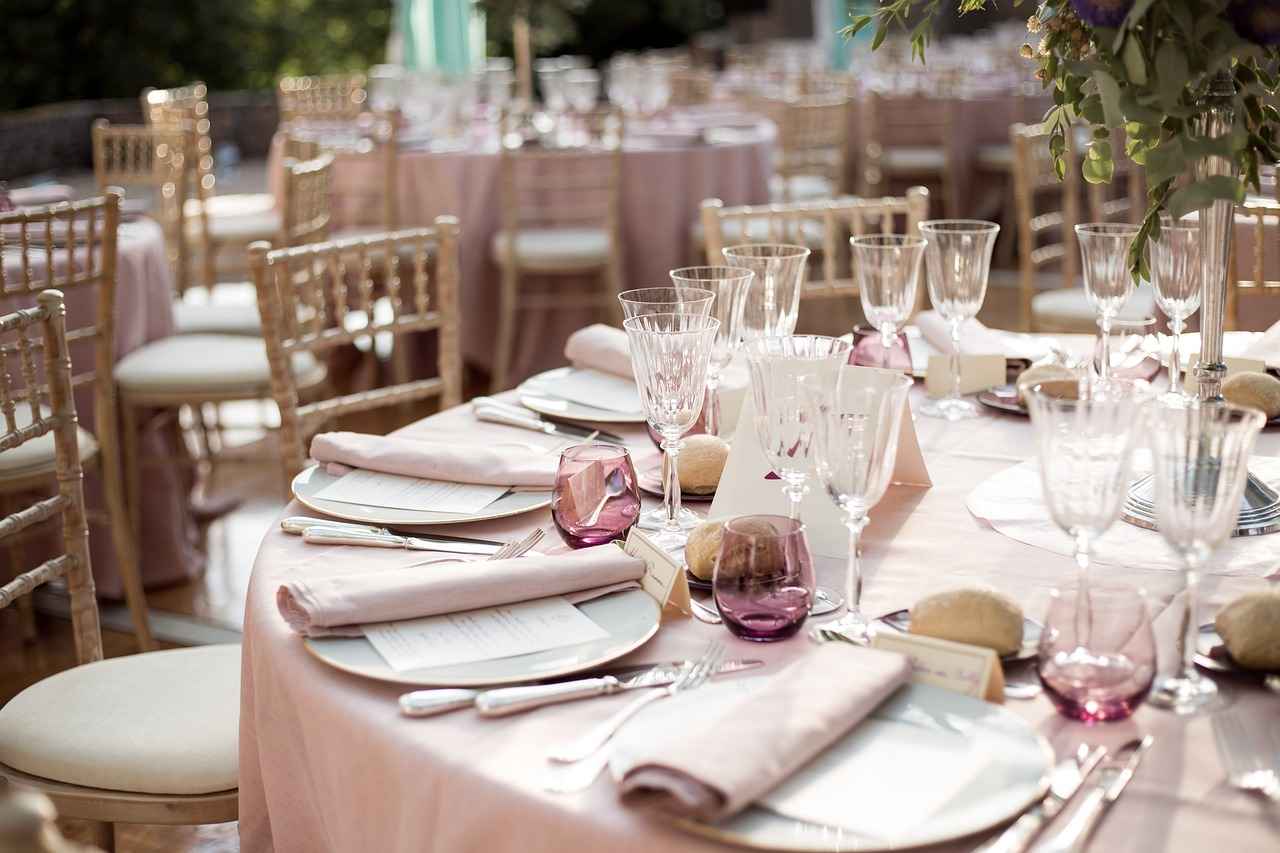
Conclusion: Making Your Choice
In this guide, we have explored the intricate world of wedding kimonos, providing brides with essential insights to make informed decisions. As you prepare for your special day, it is crucial to understand the various elements that contribute to selecting the perfect kimono.
- Cultural Significance: Kimonos hold deep cultural meaning in Japanese weddings, symbolizing purity, elegance, and tradition. Understanding these meanings can help brides choose a kimono that resonates with their heritage.
- Types of Kimonos: We discussed the differences between the shiromuku (traditional white kimono) and colored kimonos, each offering unique styles to suit different wedding themes and personal preferences.
- Fabric Choices: The choice of fabric is paramount. Silk provides a luxurious feel, while synthetic options can be more budget-friendly. Consider the season and comfort when selecting your material.
- Fit and Tailoring: Achieving the perfect fit is essential for comfort and style. Measuring accurately and considering tailoring options can ensure your kimono flatters your figure beautifully.
- Accessorizing: Completing your look with the right accessories, such as obi and obijime, can elevate your kimono’s aesthetic. Choose pieces that complement your overall look while reflecting your personal style.
- Color Symbolism: Different colors carry significant meanings in Japanese culture. Understanding these can help you select a kimono that aligns with your personality and the message you wish to convey on your wedding day.
By considering these key points, brides can confidently navigate the selection process, ensuring that their chosen kimono not only enhances their beauty but also honors the rich traditions of Japanese culture. Remember, this is your special day, and the right kimono can make it even more memorable.
Frequently Asked Questions
- What is the significance of a shiromuku kimono?
The shiromuku kimono, traditionally white, symbolizes purity and the bride’s readiness for a new life. It’s a classic choice that many brides opt for, reflecting deep cultural roots.
- How do I choose the right fabric for my wedding kimono?
Choosing the right fabric is crucial for comfort and aesthetics. Silk offers elegance and a luxurious feel, while synthetic fabrics can be budget-friendly and easy to maintain. Consider the season and your personal comfort!
- Can I customize my kimono?
Absolutely! Custom tailoring allows you to create a unique look that fits your style perfectly. It’s a fantastic way to ensure your kimono complements your body shape and personal taste.
- What accessories should I consider for my kimono?
Essential accessories include the obi (belt), obijime (cord), and traditional footwear. Each piece adds to the overall aesthetic and can enhance the beauty of your kimono.
- What colors are popular for wedding kimonos?
While traditional colors like red and white hold significant meaning, modern brides are embracing a variety of shades. It’s all about reflecting your personality and making a statement on your special day!
